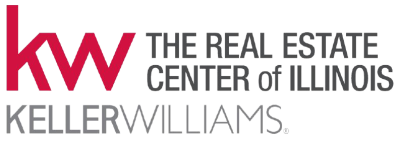Knowing what to budget for when buying a home may feel intimidating — but it doesn’t have to be. By understanding the costs you may encounter upfront, you can take control of the process.
Here are just a few things to think about as you plan for the home-buying process.
1. Down Payment
Saving for your down payment is likely top of mind. But how much do you really need? A common misconception is that you have to put down 20% of the purchase price. But that’s not necessarily the case. Unless it’s specified by your loan type or lender, you don’t have to. There are some home loan options that require as little as 3.5% or even 0% down. An article from The Mortgage Reports explains:
“The amount you need to put down will depend on a variety of factors, including the loan type and your financial goals. If you don’t have a large down payment saved up, don’t worry—there are plenty of options available . . .”
2. Earnest Money Deposit
And if you want to cover all your bases, you can also consider saving for an earnest money deposit. According to Realtor.com, an earnest money deposit is typically between 1% and 2% of the total home price and is money you pay as a show of good faith when you make an offer on a house.
It works like a credit and goes toward some of your upfront costs. You’re simply using some of the money you’ve already saved for your purchase to show the seller you’re committed and serious about buying their house.
3. Home Inspection
Depending on the terms of the sales contract, you might need to set aside money to pay for the inspections you choose to have completed. You can predict the following costs for the following inspections: Home Inspection (Approximately $400-600), Radon Inspection (Approximately $150-250), and Termite Inspection (Approximately $100). Spending money upfront for a home inspection is worth it knowing what expenses you could incur in the future.
4. Closing Costs
Make sure you also budget for closing costs, which are a collection of fees and payments made to the various parties involved in your transaction. Bankrate explains:
“Mortgage closing costs are the fees associated with buying a home that you must pay on closing day. Closing costs typically range from 2 to 5 percent of the total loan amount, and they include fees for the appraisal, title insurance and origination and underwriting of the loan.”
Bottom Line
The key to a successful homebuying savings strategy? Being informed about what you need to save for. Because, when you understand what to expect, you can plan ahead. With an expert agent and a trusted lender, you’ll have the information you need to move forward with confidence.


